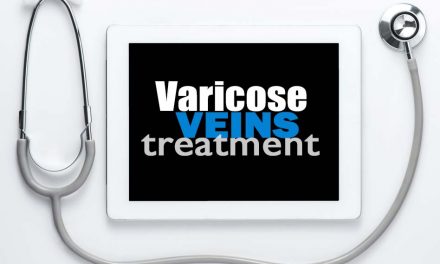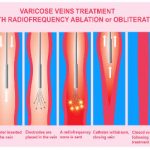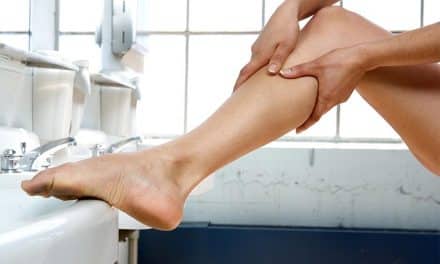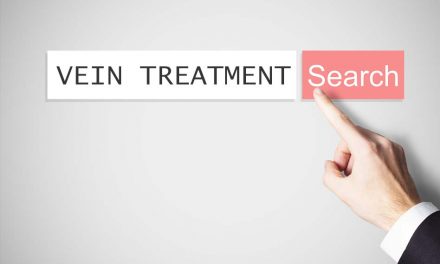
Leg Veins Questions Not Asked – Written by a Vascular Surgeon
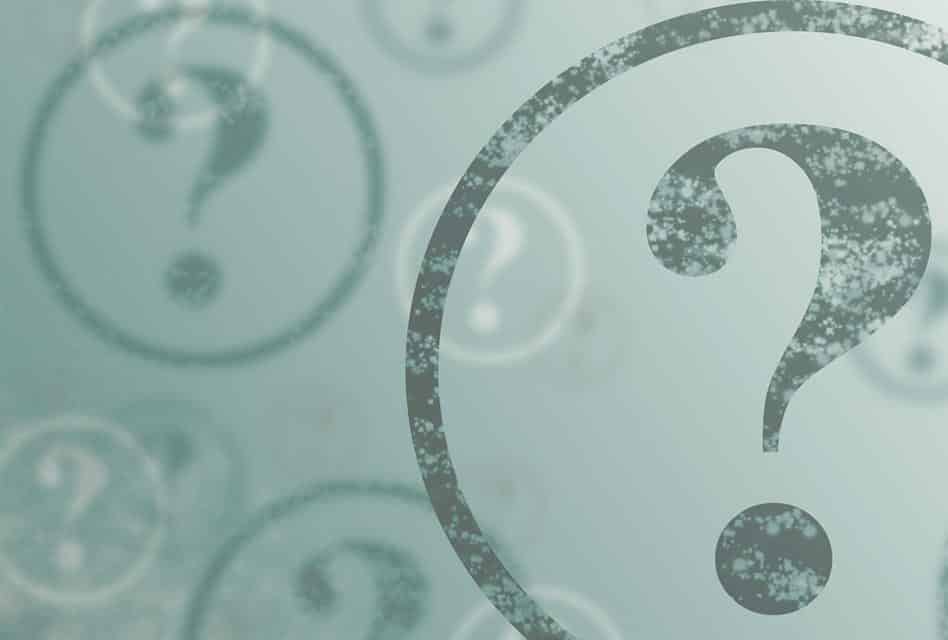
Introduction
Many people have abnormal leg veins that raise questions. This article anticipates your most common questions from a vascular surgeon who has been treating veins for over thirty years.
When you stop learning, stop listening, stop looking and asking questions, always new questions, then it is time to die.
– Lillian Smith
I’d like to share the most common questions and concerns that patients ask me during their initial consultation.
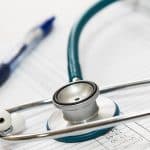
For that reason, for me, this blog is a balm of sorts. It helps to get the word out.
It saves people from ignoring their abnormal veins by answering important questions. That prevents suffering and complications down the road.
Asking questions is what brains were born to do, at least when we were young children. For young children, quite literally, seeking explanations is as deeply rooted a drive as seeking food or water.
– Alison Gopnik
The Rumsfeld Quote in Regards to Risk Assessment of Vein Procedures
This article was written to answer the unknowns about leg veins. Donald Rumsfeld distilled this idea in his statement about our knowledge at that time about the weapons of mass destruction in Iraq.
There are known knowns. These are things we know that we know. There are known unknowns. That is to say, there are things that we know we don’t know. In addition, there are also unknown unknowns. There are things we don’t know we don’t know.
– Donald Rumsfeld
This article is not about the known knowns so we’ll skip those questions.
An unknown unknown in the vein world is – What is the risk of leg veins treatment?
Few people ask about the risks of vein treatment.
I used to be surprised that people don’t consider the risks.
In my opinion, the following subject wins the prize for the most popular unknown unknown that people don’t think about concerning their venous problems.
What Are the Risks of Varicose and Spider Vein Treatments?
I always make it a point to discuss the risks even though most people don’t ask.
I believe that it doesn’t occur to many people that complications can even occur after minimally invasive venous procedures.
Even though that risk is very small, it must be part of the discussion.
I think that people believe that risks and complications simply cannot occur to them. That low incidence of a complication is what happens to someone else in most people’s minds.
Even if that risk is less than 1%, if that complication occurs to them then the risk turns out to be 100% in terms of their procedure.
On the other hand, there are risks that we are aware of – like driving under the influence.
Now let’s continue with some more of the known unknown questions that I am commonly asked.
Known unknowns are the result of things we recognize but understood poorly.
Like the following questions:
What is the Cause of Spider Veins?
Spider veins are the tiny veins on the surface of the skin that can occur anywhere on the body. They most commonly occur in the legs.
Like spiders, spider veins are very common.
To show just how common spider veins are, a group of researchers looked at 1,566 people and found that 84 percent had spider veins.
Spider veins are caused from pressure. They are not dead.
They are not “broken” as many people believe.
Truth be told, when a spider vein or any blood vessel in your body breaks, it bleeds. Blood is flowing through them. Many patients come to my office after an episode to a spider vein bleeding.
Bleeding from spider veins usually occurs in the shower. At that time, the veins are dilated from the heat. The skin becomes soft from the water. Since you are standing, the pressure inside these veins increases.
When bleeding from a vein occurs, it is frightening. Usually there is a lot of blood. It usually doesn’t just trickle down your leg. Usually it squirts because of the high venous pressure.
Spider veins can branch from big bulging varicose veins. Spider veins can also appear independent of the bigger varicose veins.
The tendency to develop varicose and spider veins is believed to be genetic in origin. Most people with spider veins are aware of someone in the family who also has spider veins.
On the other hand, some patients have told me that no one else in their family has them. The propensity to develop abnormal veins can be recessive in inheritance.
That means it can skip generations. It can be passed on from male to female or female to male.
What is the Difference between Varicose and Spider Veins?
Most people don’t know the difference between varicose veins.
It is important because spider veins are not covered by insurance and varicose veins are covered if they meet the insurance company’s definition of medical necessity.
Some people believe that their spider veins should be covered even though they are only a cosmetic issue.
The tooth fairy doesn’t pay for spider vein treatments either.
Varicose veins are the large, ropey, twisted and often painful veins in the legs. They usually make the leg feel heavy or tired especially near the end of the day.
Varicose veins are often branches from a superficial vein that is usually not visible called the saphenous vein. In less than ten percent of people, varicose veins originate if the pelvis or through perforator veins. Perforator veins connect directly to the deep veins in the leg.
Spider veins are the tiny veins on the surface of the skin that look like someone drew them on the skin with a pen. They are usually pink or blue in color.
Spider veins rarely cause symptoms. That is the reason that insurance companies do not cover their treatment.
Why Do I Have Varicose Veins?
Varicose veins are inherited just like spider veins.
However, the genetic mechanism is very complex and poorly understood.
That makes it one of the greatest known unknowns in venous disease.
Molecular defects in the varicose vein wall cause the valves inside of the veins to fail.
People want to know if exercise has any effect on their spider veins. Exercise does not cause and cannot make your spider veins worse.
Exercise has absolutely no effect on the varicose veins in your legs.
Ignore the old wives’ tales that crossing your legs or walking on concrete floors causes varicose veins. I hear people tell me that they believe those are the reasons for their varicose veins.
Excessive weight does exacerbate the condition and make it more difficult to treat. Failures of the treatments occur more commonly in obese individuals.
Are All Varicose Leg Veins Painful?
This is another great known unknowns. It’s difficult to find an answer on the internet.
Here’s the simple truth.
At first, small varicose veins usually don’t hurt. As they enlarge, the pressure inside these abnormally large leg veins will increase.
As the day progresses and you stand or sit for longer periods, they can begin to hurt. It’s like the increased pressure in your bladder when you have to urinate.
The pressure is uncomfortable. You can get temporary relief if you elevate your legs and relieve the pressure.
Surprisingly, some people with gigantic and hugely dilated varicose veins feel do discomfort at all. However, when these people travel in a car or a plane without walking for many hours, they often develop blood clots in these enormous varicose veins.
Blood clots in leg veins are painful. That condition is called thrombophlebitis or phlebitis for short.
Phlebitis should be evaluated and treated by a trained vascular specialist. If varicose veins are neglected, the potential medical consequences can be serious. You need to do is get a vein specialist’s opinion before that happens.
Have your varicose veins treated before they become worse and develop complications like phlebitis or ulcers.
Conclusion
Questions that most people never ask about varicose and spider veins in the legs are puzzling to me.
Whether it is the fear of being perceived as stupid or whether it’s something else, I just don’t know.
That gets back to the known knowns, known unknowns, and the unknown unknowns issue.
Sometimes ya just don’t’ know.
I have tried to answer the most common questions that people really want to know when they come to see me, a board certified with thirty years of experience treating abnormal leg veins.
If you have any other leg veins questions, feel free to email me here or call our office at 724-987-3220.
Dear readers, if you want another opinion, just ask Siri.


